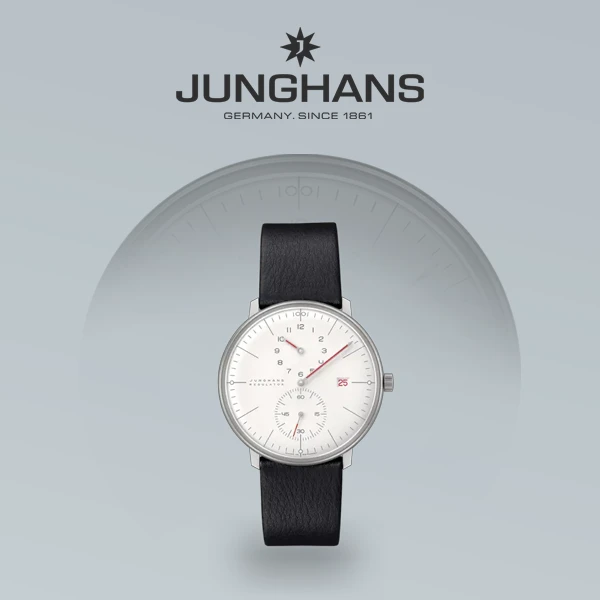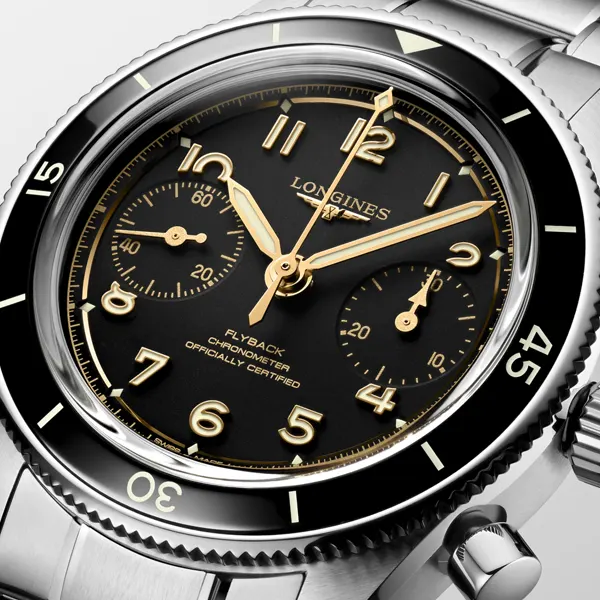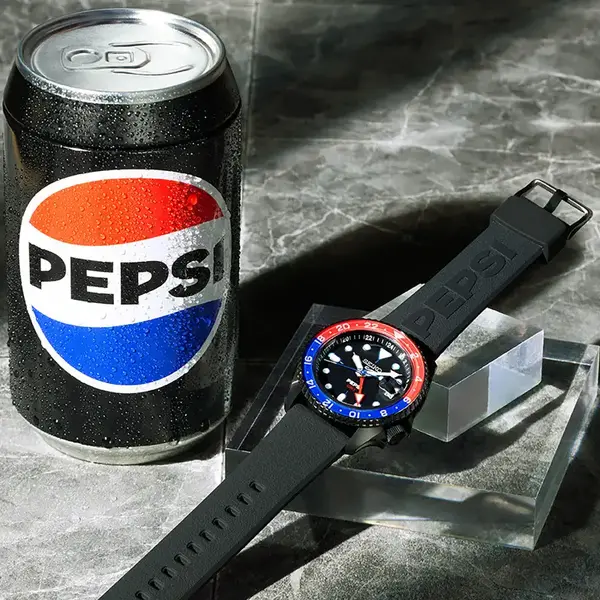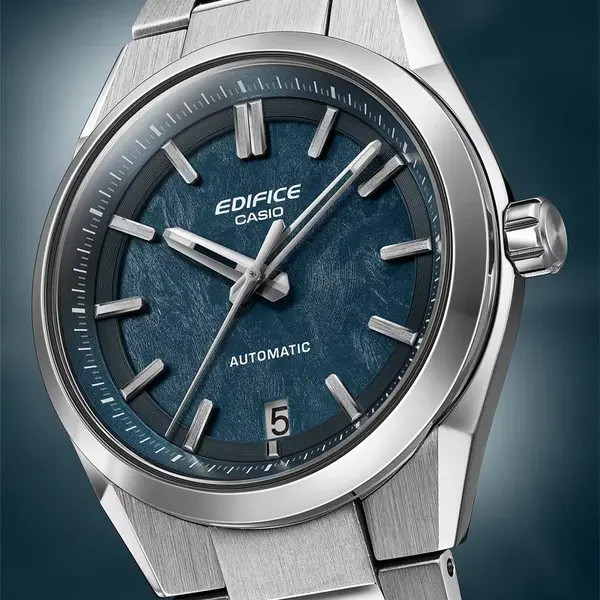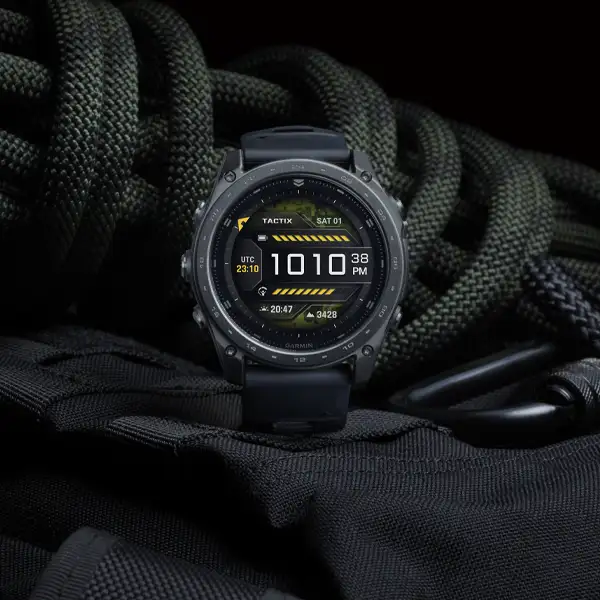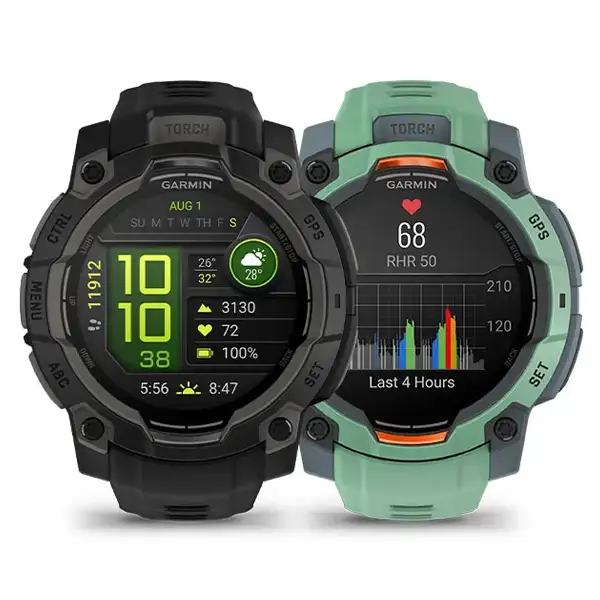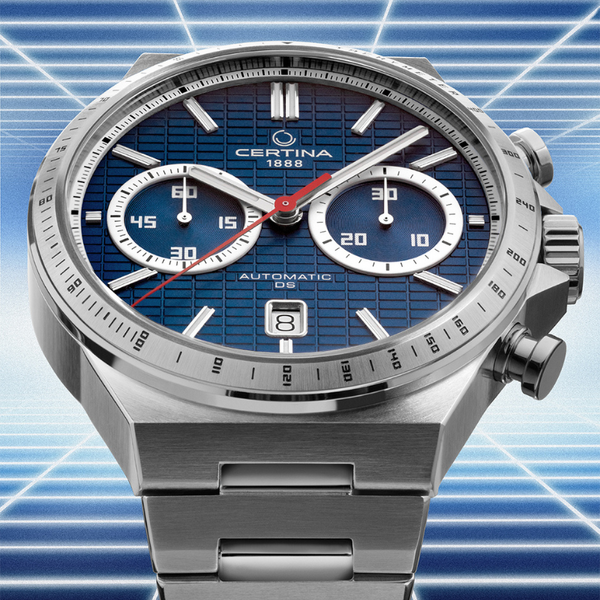We use cookies
Vi använder enhetsidentifierare för att anpassa innehållet och annonserna till användarna, tillhandahålla funktioner för sociala medier och analysera vår trafik. Vi vidarebefordrar även sådana identifierare och annan information från din enhet till de sociala medier och annons- och analysföretag som vi samarbetar med. Dessa kan i sin tur kombinera informationen med annan information som du har tillhandahållit eller som de har samlat in när du har använt deras tjänster.
Googles privacy policyChange settings
Home / LEARN MORE ABOUT WATCHES / Parts of the watch - The Movement
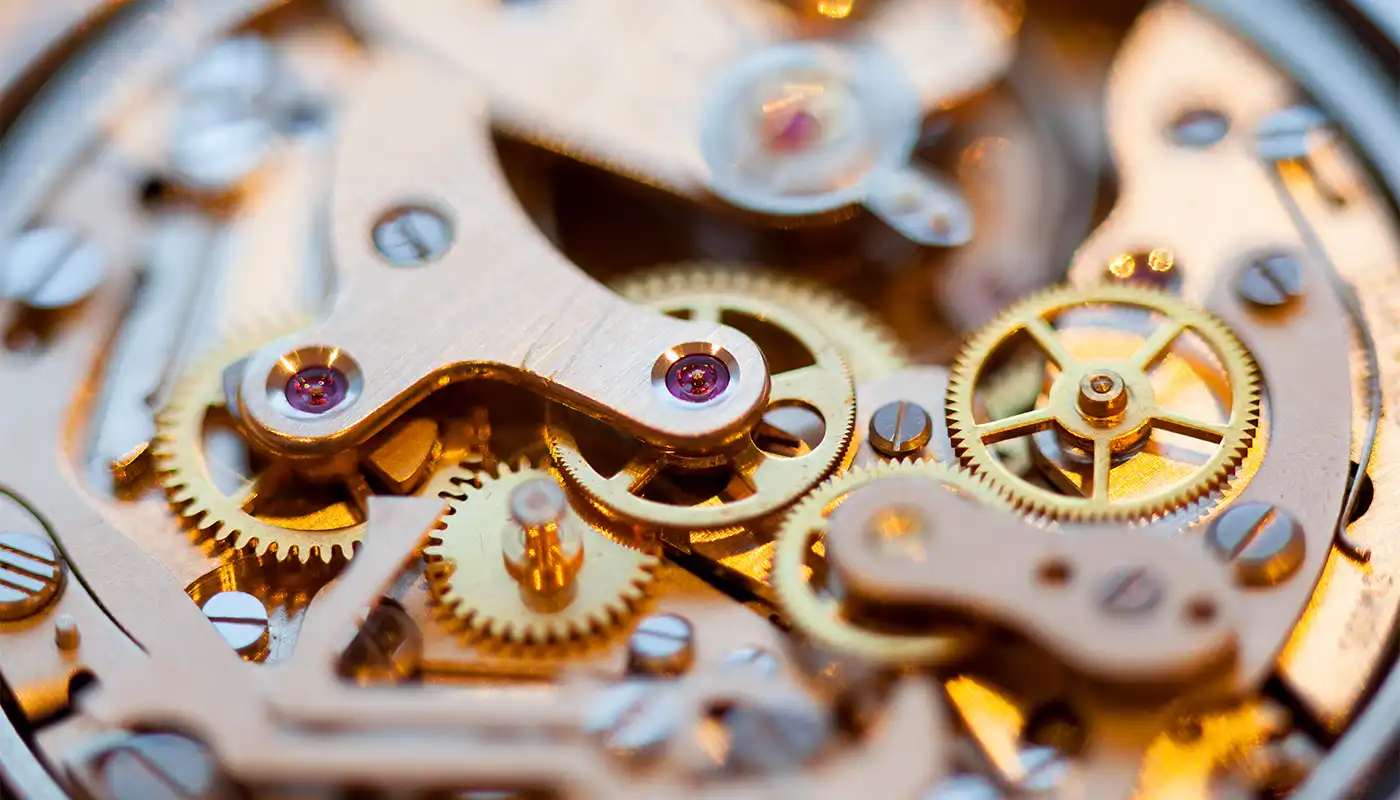
Published 13 jan 2025
Dive into the world of watch movements and their importance to a watch’s precision and function. The movement is the heart of every watch and is responsible for driving and regulating its timekeeping. Throughout history, different types of watch movements have been developed with different technologies and precision. In this article, we will explore different types of watch movements, their history, prominent manufacturers, and functions, to give you a deeper understanding of this central part of a watch.
Mechanical Movements: The first watches used mechanical movements, which were based on springs and gear systems. The earliest documented mechanical movement dates back to the 14th century.
Pendulum Movements: In the 17th century, pendulum movements were introduced, which significantly improved the accuracy of timekeeping through the use of a pendulum to regulate the time measurement. This paved the way for more accurate mechanical watches.
Quartz Movements: In the 1960s, quartz movements were introduced, revolutionizing the watch industry with their high precision. Quartz movements use a quartz crystal to regulate timekeeping and are today the most widely used technology in consumer watches.
Automatic Movements: Automatic movements, also known as self-winding movements, were developed to eliminate the need for manual winding. They use the movement energy from the wearer's wrist to drive the watch and automatically wind the spring.
There are many prominent manufacturers who have made significant contributions to watch movement technology and the watch industry as a whole. Here are some well-known names:
Rolex: Rolex is known for its in-house mechanical movements of the highest quality. They are known for their precision and reliability and are considered one of the leading manufacturers of mechanical movements.
Omega: Omega is another leading manufacturer of mechanical movements and has a large number of innovations and technological advancements in its portfolio. Their Co-Axial movement is well-known for its precision and long power reserve.
Seiko: Seiko is a Japanese manufacturer known for both its mechanical and quartz movements. They have made significant advances in both technologies and are particularly recognized for their high-quality quartz movements.
ETA: ETA is one of the largest movement manufacturers in Switzerland and supplies movements to many watchmakers worldwide. Their movements can be found in everything from simpler everyday watches to exclusive luxury timepieces.
Movements have different functions that affect the performance and usage of the watch. Here are some common functions found in movements:
Timekeeping: The basic function of all movements is to measure time and provide accurate hour, minute, and second displays.
Date Function: Many movements also have an integrated date function, allowing the current date to be displayed on the watch dial.
Complications: Some movements have complications, which are additional features beyond basic timekeeping and date. These can include chronographs (stopwatches), moonphase displays, or time zone functions.
Power Reserve: The power reserve indicates how long a movement can continue running without being wound. It can range from a few hours to several days, depending on the type of movement and whether it is mechanical or quartz-based.
In summary, the movement is the heart of every watch and plays a crucial role in its precision and function. Throughout history, different types of movements have developed, from mechanical to quartz-based and automatic variants. Prominent manufacturers have contributed to shaping movement technology and creating watches of the highest quality. By understanding the history, manufacturers, and functions of the movement, one can appreciate the technical and aesthetic significance of this vital element in a watch.
Parts of the watch - The dial 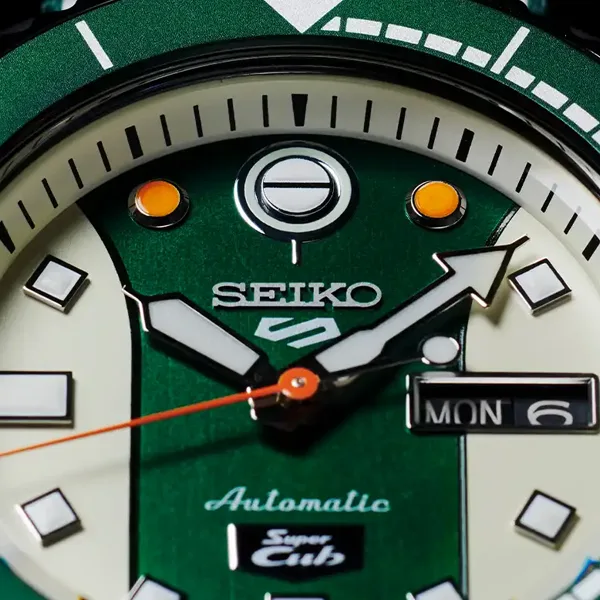
Discover the diversity of watch faces and their importance to the aesthetics and legibility of a wat…
Watches with NATO Straps: Style and Functionality in Perfect Harmony 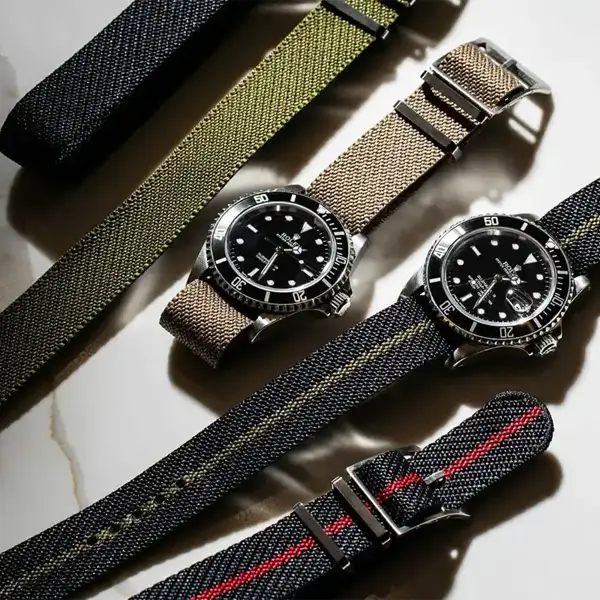
For those looking for a watch that combines rugged style with practicality, watches with NATO straps…
Heart rate monitor maximizes your training 
A heart rate monitor is not just an accessory, but also an invaluable training partner. With advance…
Smart Watch 
A guide to the smartwatch and its endless possibilities. The smartwatch has come a long way since i…
Wristwatch - A functional style symbol 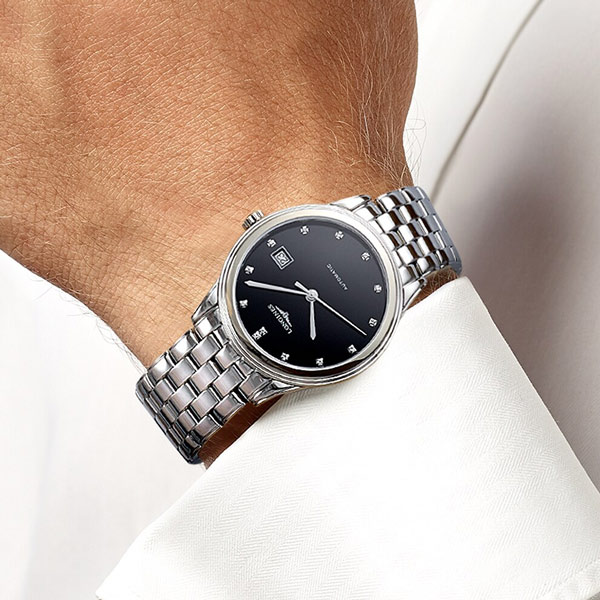
In this article, we will explore what a wristwatch really is and shed light on the many benefits tha…
Watches with Radio Signal Reception 
Radio-controlled watches are an impressive fusion of technology and tradition. These watches are dis…
Wristwatch and Clocks with alarm 
Alarm clocks have long been an indispensable companion for people all over the world. These sleek an…
Moon Phase Watches: The Mystery and Beauty of Lunar Timekeeping 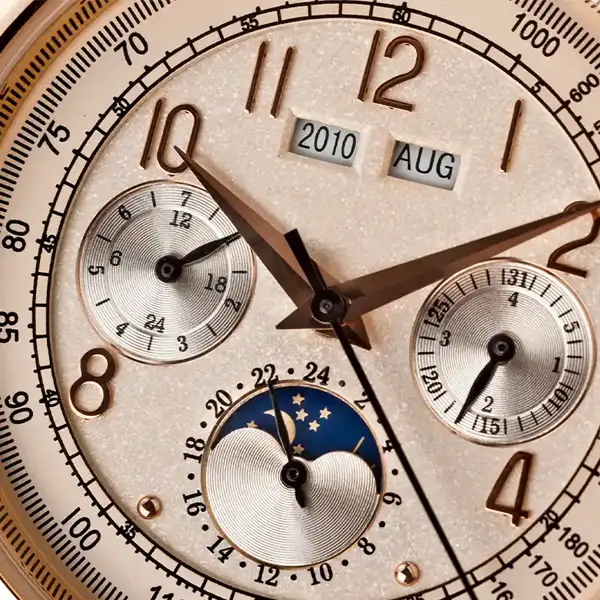
Moon phase watches are a fascination for watch enthusiasts and art lovers alike. This informative te…
Watches with GMT Function: Explore the World of Time Zones 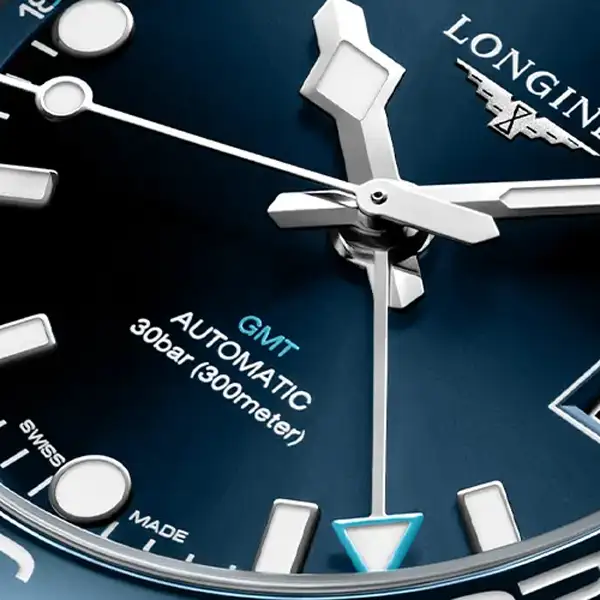
GMT watches are a valued companion for travelers and global citizens. This informative text takes yo…
Learn more about watches 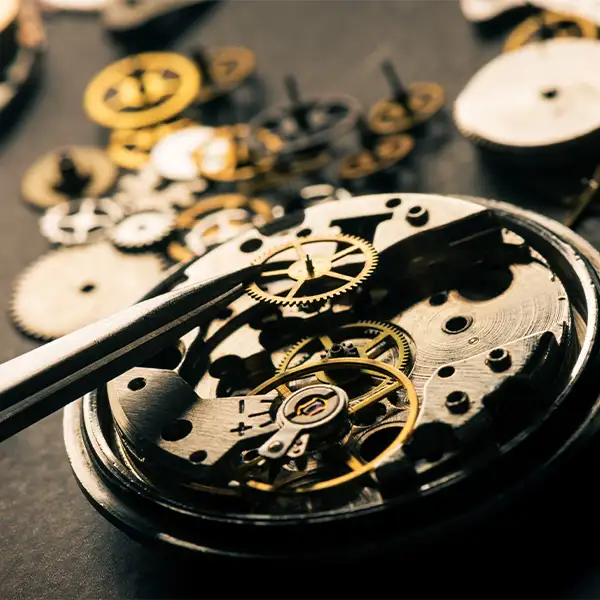
Welcome to our watch guide - your ultimate resource for exploring the fascinating world of watches. …
CONTACT
Klockia / Gotlands Ur AB
Österväg 1
621 45 Visby | Sweden
» E-mail: info@klockia.se
» About us
Hours: Mon - Thu 12:00 - 16:00
LATEST PRODUCT OFFERS & TRENDS
Be first, fill in your email

